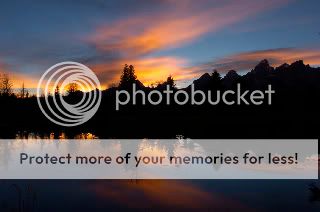
4 DSLR (Digital Single Lens Reflex)
Questions you were afraid to ask--Part 2
Questions you were afraid to ask--Part 2
I am a believer that the more you understand about Photography the more fun you will have taking your favorite pictures. It is also important that before you go out and buy a new piece of equipment that you know as much about your purchase as possible. So often I see sales people not always giving the proper advice. As a result the person will not buy the right lens or camera. It's important to always get a second opinion or better yet give me a call or send me an e-mail so I can assist you in your purchase. Today is Part 2 in answering your most burning photo queries, once and for all..here we go !
1.) What makes one lens "faster" than another?
A fast lens (or bright) lens admits lots of light through a big maximum aperture. This allows you to use a faster shutter speed than you can with a small-aperture (slow or dim) lens.The f-number designation on a lens tells you the biggest aperture you can set, with lower numbers signifying wider apertures: an f/1.4 lens is very fast, f/2.8 is pretty fast, and f/5.6 is slow. The lower the number the faster the lens.
2.) So is it better to use a full-frame lens on a DSLR that has a smaller sensor?
No. Since the smaller sensor records only the central "sweet spot" of the image circle, full frame lenses theoretically should give you images that are sharper around the edge's than digital-only lenses do-but there's scant evidence of that in the real world. Full-framers have some benefits: Retaining their utility if you upgrade to a full-frame DSLR with the same mount, for instance. But the crop factor means they can't give you an ultrawide angle of view--that a 17mm lens becomes a 25mm equivalent on a camera with an APS-C size sensor.
3.) So, what does a range such as f/3.5-5.6 on a lens mean?
On less-expensive zooms, the lens gets slower as you move to longer focal lengths. On an 18-55 f/3.5-5.6 lens, for instance, you can set an aperture as big as f/3.5 at 18mm, but at 55mm the widest you can set is f5.6. At an intermediate focal length---say, 35mm--the maximum aperture will be around f/4.5.
4.) Why should I buy a telephoto lens when I can just put a teleconverter on my kit zoom ?
That will make your already slow lens even slower. A2x converter will make a f/3.5-5.6 lens, for example, effectively f/7-11, dim enough to prevent autofocus. And the teleconverters available for kit lenses tend to be of so-so optical quality. Better to put your money toward an inexpensive kit telezoom.
5.) I love shooting sunsets, but when I expose for the sky, the foreground is too dark. What can I do?
Use a split neutral-density filter. The color, a neutral gray that won't affect the colors in your photo, goes from dark to clear either abruptly (hard edge) or little-by-little (graduated filters). A split ND is the perfect solution for situations where the foreground and background are under vastly different light. The filter allows you to expose properly for the dark foreground without blowing out the highlights of the lighter sky.



Dave Berry shares his Photography Tips at Computer School for Seniors (http://www.cs4seniors.com/).

No comments:
Post a Comment